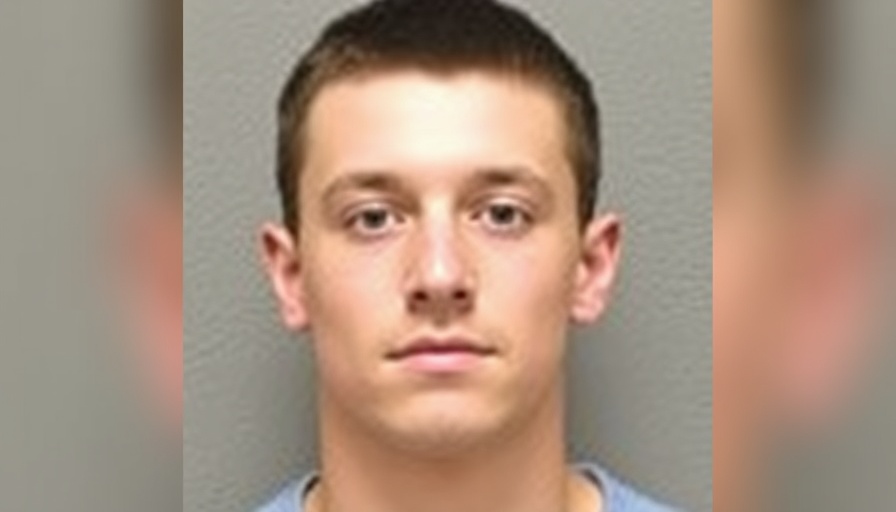
Understanding the Incident: A Tragic Day at the Track Meet
The recent events at a Frisco ISD track meet have rocked the local community, casting a spotlight on safety at youth sporting events. On April 2, 2025, a tragic altercation escalated into violence, resulting in the death of 17-year-old Austin Metcalf. Witnesses described a chaotic scene as Metcalf was fatally stabbed in the chest during a confrontation with another teenager, Karmelo Anthony, who has since been charged with murder.
This incident not only claimed the life of a promising young man but also brought to the forefront significant discussions regarding youth violence, the role of school security, and legal issues surrounding self-defense claims in such tragic circumstances.
The Legal Landscape: Bond Hearings and Self-Defense Claims
Karmelo Anthony's bond was initially set at $1 million, a reflection of the serious nature of the charges against him. However, during a bond hearing, Judge Angela Tucker reduced the bond to $250,000 under specific conditions, including house arrest with an ankle monitor. This decision has raised questions about the balance between public safety and individual rights awaiting trial.
In many states, including Texas, the intent of bail is fundamentally to ensure the accused appear in court rather than to serve as punitive measures. Anthony’s legal team argued that the original bond was excessively punitive, especially considering his lack of a criminal history and his age. This nuanced argument sheds light on the complexities of law, particularly in the context of self-defense where perceptions and intentions can vary widely.
The Ripple Effect: Community Response and Grief
The Frisco community has rallied in support of Austin Metcalf’s family, with memorial services reflecting both grief and the need for supportive dialogue about violence among youth. Emotional tributes poured in, underscoring the loss felt not just by Metcalf's family, but by peers and schoolmates who viewed him as a role model.
This tragedy serves as a critical reminder of the emotional toll and implications of youth violence, emphasizing the need for community intervention strategies and support systems to prevent such occurrences in the future.
Taking a Stand: Future Predictions and Opportunities for Change
The conversation surrounding youth violence is evolving, with many advocating for enhanced preventative measures in schools and community programs. As both legal and social frameworks adapt to these challenges, it remains paramount that initiatives prioritize healthy expressions of conflict and provide safe outlets for youth.
Programs targeting conflict resolution, mentorship, and community support can shift the paradigm away from violence. Addressing this challenge not only honors the memory of young lives lost but also cultivates a more understanding and supportive environment for all students.
What Can Be Done? Insights for the Community
Engaging with local initiatives can foster a culture of prevention and healing. Community workshops focusing on conflict resolution, empathy training, and emotional literacy can be instrumental in equipping young people with the tools they need to navigate their emotions responsibly.
Individuals interested in making a difference can start by volunteering for local organizations that promote youth engagement and education, emphasizing safe spaces for dialogue and growth. Moreover, active participation in school board meetings can help parents and community members voice their concerns and advocate for necessary changes.
Conclusion: Collective Actions and Moving Forward
This tragic incident compels us to confront the reality of youth violence and the burdens of trauma within our communities. It is an opportunity to advocate for more robust protective measures, ensuring safety at school events while fostering a dialogue around mental health and conflict resolution.
As we reflect on the loss of young Austin Metcalf, let it be a call to action to those in Dallas and beyond. We must come together to build networks of support that ensure future generations experience their formative years free from the fear of violence.
Join the ongoing discussion in your local communities about how to prevent youth violence and support mental well-being among students. Share this article to raise awareness and encourage others to participate in creating a safer, healthier environment for our children.
 Add Element
Add Element  Add Row
Add Row 



 Add Row
Add Row  Add
Add 


Write A Comment